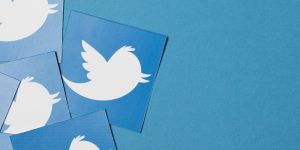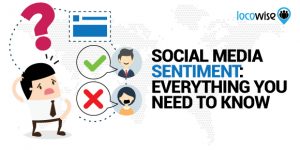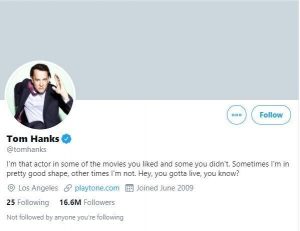As any small business owner or marketer knows, conference attendance is a big investment which can yield great returns. Achieving those returns is about smart attendance, from scheduling to pre-planning, to what you make of your leads when you are back in the office. Here are some tips for making the most of your investment to secure sales, partnerships, and other opportunities from your hard earned leads.
Choosing the right conference
Attend the right conference and do a poor job and you may still come away with a hundred business cards for leads well-suited to your solution; but do a great job at the wrong conference and any leads earned are unlikely to convert. The certainty that you are attending the right conference comes from a bit of independent research.
A useful tool for quickly qualifying conferences is Demographics Pro, which allows users to compare Twitter audiences. This can be used to make sure that the target audience for your product is the same as likely conference attendees.
As an example, after running an analysis of the @SMExaminer Twitter handle, it is clear that most attendees to the Social Media Marketing World Summit will be social media professionals themselves. For social media managers who are interested in learning from the best, as opposed to securing sales leads, the conference is a great fit.
At the same time, for those selling marketing automation software, this conference is be a perfect target for earning leads. Interest in technology by followers of @SMExaminer is 2.8x higher than the Twitter average, and 27.3% of followers are in sales and marketing.
Planning
Demonstrating your product? Make sure you purchase the right sized booth, and make all of the necessary purchases well ahead of time (carpeting, electricity, etc). Usually none of these “accessories” come free, and forgetting to order them does not make for a good time, especially if you are depending on demonstrating your technology to walk-ins. You can easily figure out what dimensions of booth is right for you using a tool as simple as paint for mapping out a floor plan.
Next, finding out who will be there before attending, and setting up meetings in advance, will make you much more efficient during the conference. Don’t be afraid to reach out to those you want to speak with before the conference even starts. Just be mindful of your approach.
An easy way to succeed in minding your approach is by using the web-tool Crystal. The tool allows you to search almost anyone with an online presence, then uses an artificial intelligence engine to give advice as to how to approach the person you searched. While some specific recommendations may be off, usually the overall theme about a person is impressively accurate.
Lastly, make sure to have enough business cards on-hand, and make sure that there is some blank space on your business cards, as contacts often like to take notes on a card they received.
Gametime
What you do at a conference and how you interact with potential clients matters. Whether you have a booth or are just there for networking, a high level of emotional awareness and good salesmanship will go a long way in securing leads. I have witnessed company executives talking to few people, talking only about their product/solution, and even arguing with others. This is not the way to make a good impression at a conference.
Instead, start a conversation, but let your partner in conversation lead the talking for a bit, and find a good place to introduce your service. The person you are talking to is likely not there looking for a solution; let him or her feel good by being open to their pitch first, then work in your product organically.
As I mentioned before, many conference attendees like to take notes on business cards, and you should too. Have a good reason to call this person? Jot that down. Would an email introduction to your service be better received? Make note of it. Talk about something particularly interesting which can be used as a gateway to a sale? Be sure to remember it. Cold-contacting is not the way to go, especially after you have physically introduced with the lead.
If you aren’t a fan of keeping business cards around, but are a LinkedIn power user (which you should be!) check out Evernote’s business card scanner, which can be used to scan a business card, save the information into Evernote, and then pull up the person’s LinkedIn profile. It makes it easy to secure a long-term connection with those you meet.
And if you are active on Twitter, be sure to use social and join the conversation with relevant hashtags – online introductions can knock down barriers to entry for talking with larger players in your industry, allowing you to demonstrate your insights in a way which might not be as easily accomplished in person.
The post-game show
So, you’ve received a hundred business cards, packed up, and are back at the office. What’s next? I suggest waiting about a week to reach back out to leads to make sure they are also back and on their normal schedule. But if you don’t follow up, you at best have only severely and not completely diminished the ROI of attendance. When following up, be sure to call rather than email as many people as is appropriate – it will better help establish your relationships.
Also, take a couple of hours to note what went well and what didn’t go as well as you would have hoped, and what you can do to improve next time. Then tuck those notes away and review them when planning your next conference. Practice makes perfect!
Business & Finance Articles on Business 2 Community(13)



